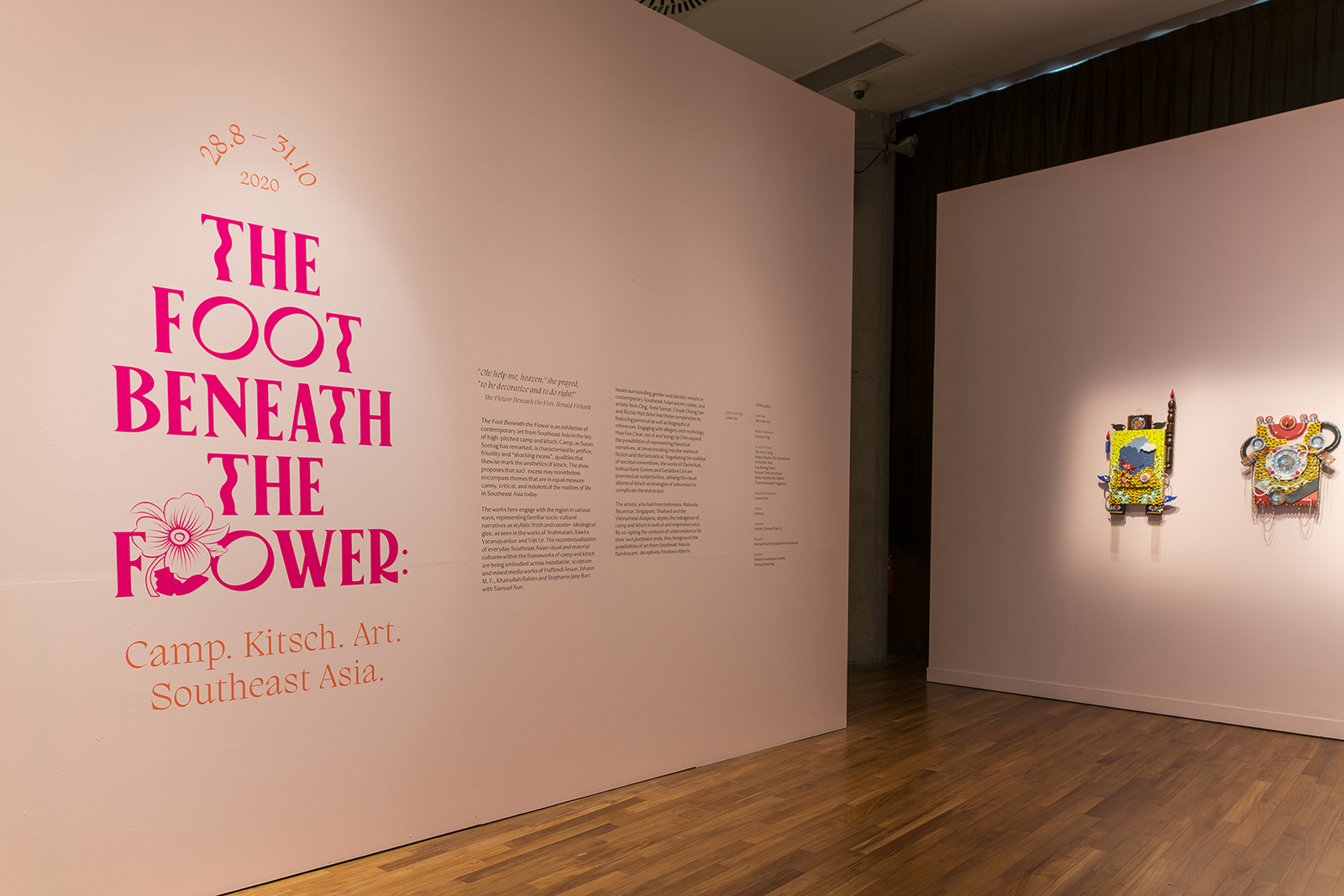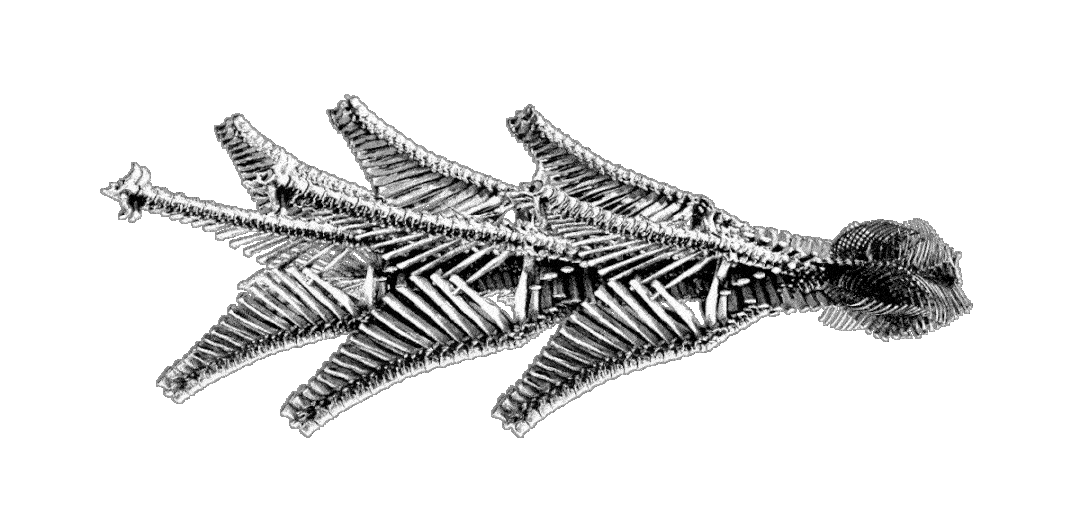Diamond Waters, 2020
Single-channel animated video with sound
[10:00 loop]
-
DIAMOND WATER is a micro-universe of ambiguous corporeal entities who populate a landscape that is as alien as its inhabitants. A brave new world of gender-neutral bodies, free of the impositions of biological, sexed dichotomies - a future that is queerly liberated.
Sino-Malaysian artist, architect and designer Chuah Chong Yan works primarily in the mediums of the digital image and installation art, his imaginary worlds positioned in the interstices between architectural space and simulated reality, fictive narratives and imagined bodies. Diamond Water presents a microuniverse of ambiguous corporeal entities populating a landscape that is as alien as its inhabitants, an abstruse, arcane world premised on numerical formulations and cryptic iconography. “As a digital artist”, he observes, “I tend to use numbers, dimensions to build my fictional world. Everything has a certain value and is quantifiable. That contributes to the gestures that I introduce in this piece: zooming, scaling, multiplying.” Circles - in the form of round lights and metal studs - are prevalent in this cosmos, a private reference to new beginnings, while evidence of an idiosyncratic script is derived from a language that the artist invented for a different project that also involved world-building, 27 Years of Lazarian Delights. In Diamond Water, both body and terrain are as confrontational as they are ontologically slippery. Gender movements in the twenty-first century have embraced a spectrum of nonbinary and genderqueer identities, bodily expressions that are neither exclusively masculine or feminine. Here, Chuah has envisioned a brave new world free of the impositions of gendered dichotomies - a future that is queer, distorted and liberated.
Text by Louis Ho

Exhibition
The Foot Beneath the Flower is an exhibition of contemporary art from Southeast Asia in the key of high-pitched camp and kitsch. Camp, as Susan Sontag has remarked, is characterised by artifice, frivolity and “shocking excess”, qualities that likewise mark the aesthetics of kitsch. The show proposes that such excess may nonetheless encompass themes that are in equal measure canny, critical, and redolent of the realities of life in Southeast Asia today.
The works here engage with the region in various ways, representing familiar socio-cultural narratives as stylistic froth and counter-ideological glee, as seen in the works of Arahmaiani, Kawita Vatanajyankur and Việt Lê. The recontextualisation of everyday Southeast Asian visual and material cultures within the frameworks of camp and kitsch are being embodied across installation, sculpture and mixed media works of Haffendi Anuar, Johann M. F., Khairullah Rahim and Stephanie Jane Burt with Samuel Xun.
Issues surrounding gender and identity remain in contemporary Southeast Asian society today, and artists Alvin Ong, Anne Samat, Chuah Chong Yan and Richie Htet delve into these complexities by featuring personal as well as biographical references. Engaging with allegory and mythology, Hoo Fan Chon, ren zi and Wong Lip Chin expand the possibilities of representing historical narratives, at times treading into the realms of fiction and the fantastical. Negotiating the realities of societal conventions, the works of Daniel Kok, Joshua Kane Gomes and Geraldine Lim are premised on subjectivities, utilising the visual idioms of kitsch as strategies of subversion to complicate the status quo.
The artists, who hail from Indonesia, Malaysia, Myanmar, Singapore, Thailand and the Vietnamese diaspora, deploy the indulgence of camp and kitsch in radical and responsive ways. By co-opting the contours of urban existence for their own purposive ends, they foreground the possibilities of art from Southeast Asia as flamboyant, deceptively frivolous objects.
Source: ADM Gallery, Nanyang Technological University (NTU), Singapore



